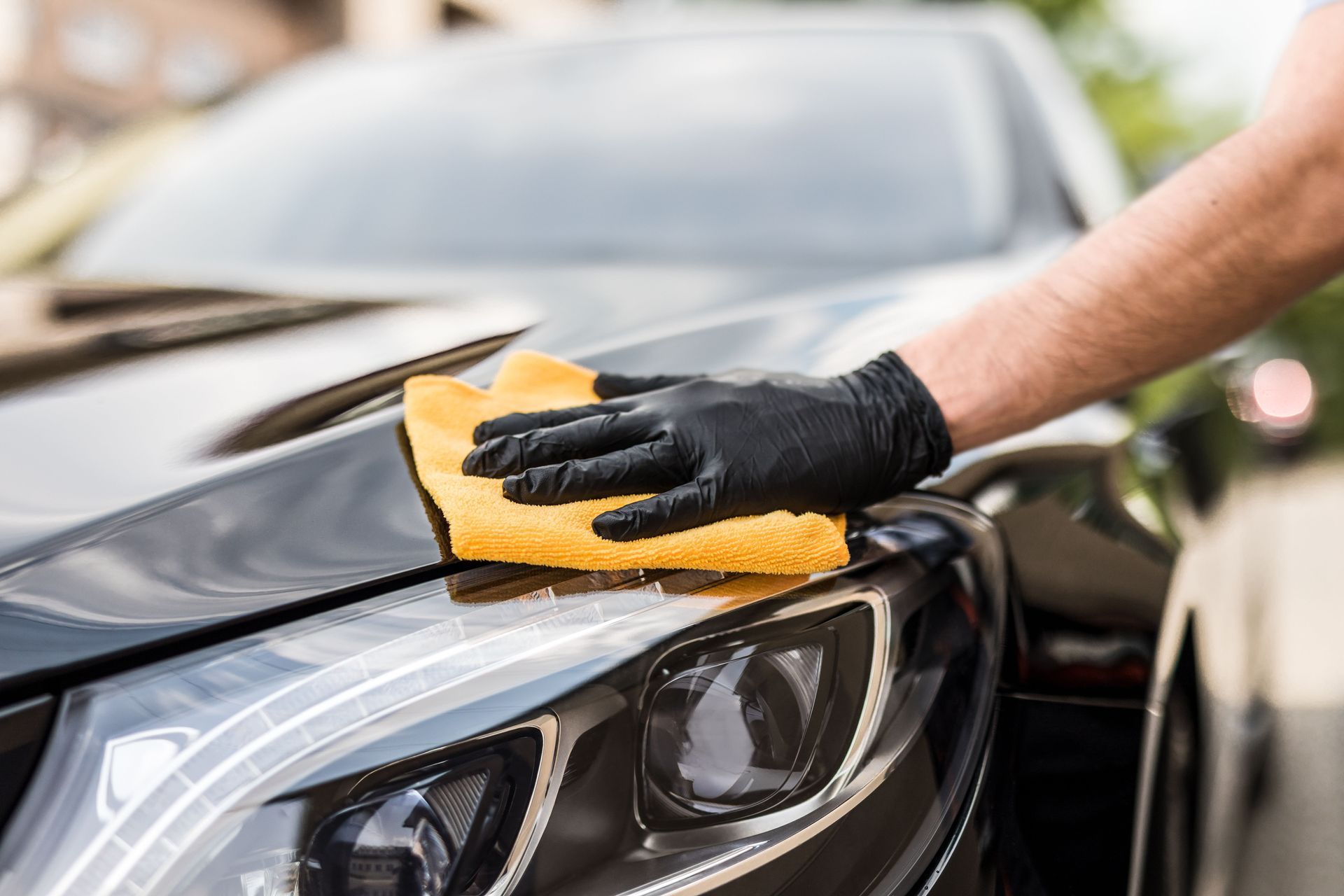Why Regular Car Detailing Keeps Your Paint Looking New
In today's era of automotive pride and passion, maintaining the showroom shine of a vehicle's paint is a priority for many car owners. Regular car detailing is not merely an aesthetic luxury but a crucial practice for preserving your car's exterior. This article delves into the numerous benefits of frequent detailing and how it ensures your car's paint remains vibrant and intact for years to come.
Understanding Car Paint and Its Vulnerabilities
Car paint is a complex mixture consisting of multiple layers that work together to protect a vehicle's exterior. These layers usually include a primer, one or more color coats, and a clear coat, each playing a specific role. The primer ensures adhesion to the metal surface, the color coat gives the car its visual appearance, and the clear coat adds extra protection and gloss. Despite these combined efforts, the paint is not invincible and can degrade over time due to various factors. Understanding this composition is crucial for knowing how to care for and maintain these layers effectively.
Common Environmental Threats
Vehicles are exposed to numerous environmental threats that can deteriorate the paint over time. Acid rain, bird droppings, and road salt are all aggressive contaminants that can corrode and erode the paint surface. Even seemingly harmless factors like dust and pollen can embed in the paint, leading to scratches when wiped off improperly. Additionally, climate-related threats like extreme cold or heat fluctuations strain the paint's layers. Regular car detailing services help mitigate these risks by removing contaminants and applying protective layers that shield the paint from such environmental hazards.
The Effects of Sun Exposure
The sun is one of the most relentless foes of car paint, with its UV rays causing oxidation and fading. Without adequate protection, prolonged sun exposure leads to a dull finish as it breaks down the paint's chemical structure. This degradation process not only affects the car's appearance but also weakens the integrity of the paint, potentially leading to blistering or peeling. Regular detailing includes applying protective coatings that absorb or deflect UV radiation, thereby reducing the detrimental effects of sun exposure. Such preventive measures are vital in maintaining the paint's vibrant color and gloss over the years.
Exterior Wash: Removing Surface Dirt and Grime
The first step in any car detailing process is an exterior wash, which is crucial for removing loose dirt and grime from the vehicle's surface. This step often involves using specific cleaning agents and techniques to ensure all contaminants are effectively lifted. Professional detailers emphasize the use of a two-bucket method, where one bucket holds soapy water and the other clean water for rinsing. This method minimizes the risk of transferring grime back onto the car, which can cause scratches. According to Panda Hub, detailing a midsize sedan in good condition typically takes about 3 hours, emphasizing the thorough nature of this process.
Clay Bar Treatment: Eliminating Embedded Contaminants
After the surface wash, the next step often involves using a clay bar to remove stubborn contaminants embedded in the paint. These contaminants can include industrial fallout, tree sap, and brake dust, all of which bond tightly to the surface. A clay bar treatment provides a smooth finish, enhancing the effectiveness of subsequent polishing and waxing. The process requires ample time and technique, as improper use of the clay bar could lead to marring. This step is essential for preparing the car's surface for polishing by ensuring it is contaminant-free.
Polishing: Restoring Shine and Gloss
Polishing is a critical phase in the detailing process, aimed at restoring the car's original shine and gloss. This step involves using an abrasive polish that gently removes a thin layer of the clear coat, eradicating fine scratches and swirl marks. By doing so, the car regains its smooth and reflective surface, reinstating its showroom appearance. Depending on the condition of the paint, different levels of abrasiveness may be required. Regular polishing within the detailing regimen ensures the car consistently maintains its vibrant and glossy finish.
Protection from UV Rays
One of the foremost benefits of regular detailing is the protection it offers from UV rays. UV radiation is notorious for causing paint oxidation, leading to a faded and dull exterior over time. Detailing provides a layer of protection through wax or sealant that acts as a sunscreen for the car, absorbing or deflecting UV radiation. This protective barrier is essential for maintaining the original color and finish of the vehicle. By consistently using car detailing services, you ensure that the paint retains its integrity and beauty despite sun exposure.
Prevention of Oxidation
Oxidation is a chemical reaction that occurs when oxygen molecules interact with the car's paint, leading to a dull and chalky appearance. Regular car detailing helps prevent oxidation by keeping the clear coat intact and reinforcing it with additional protective layers. During the detailing process, polishes and sealants are applied to remove minor imperfections and create a shield against oxidation. This preventative measure is particularly important for preserving older vehicles that may already be prone to this issue. Frequent detailing not only prevents oxidation but also prolongs the life of the car's paint in general.
Reduction in Scratch and Swirl Marks
Scratch and swirl marks can significantly detract from a car's appearance, giving it a worn and aged look. These imperfections often result from automatic car washes, poor washing techniques, or brushing against abrasive surfaces. Detailing involves multiple steps that are designed to minimize these marks, such as clay bar treatment and polishing. By smoothing out the paint surface and adding protective layers, detailing reduces the occurrence and visibility of scratches. Consequently, regular detailing keeps your car's surface looking pristine and free of marks that could otherwise become eyesores.
Understanding Different Types of Waxes
When it comes to choosing waxes for car detailing, understanding the different types available is essential. Carnauba wax offers a deep, rich glow but typically requires more frequent applications. Synthetic waxes, on the other hand, provide longer-lasting protection and are often easier to apply. Some waxes come mixed with sealants for added durability and shine, offering a balance of aesthetics and protection. Knowing the benefits and limitations of each type helps car owners make informed decisions based on their needs and expectations.
Paint Sealants: Long-Term Protection Options
Paint sealants are synthetic polymers designed to provide long-lasting protection for a car's paint. Unlike natural waxes, sealants form a more durable barrier against contaminants, UV rays, and environmental threats. They tend to last for months, offering superior durability and ease of maintenance. The downside, however, is that sealants may not provide the same level of depth and warmth as carnauba wax. Regular application of sealants as part of the detailing process is crucial for those seeking long-term protection over aesthetic appeal.
Maintaining your car's paint through regular detailing goes beyond mere aesthetic appeal; it ensures long-term protection and preservation. By understanding the vulnerabilities of car paint, embracing the detailing process, choosing the right products, and knowing when to rely on professionals, car owners can keep their vehicles looking new. Consistent use of professional car detailing services not only enhances the visual aspect but also guards against depreciation. According to Detail Kings, prioritizing detailing is one of the most effective ways to preserve your vehicle’s value and extend the life of its finish, making it a wise investment for any car owner.





Share On: